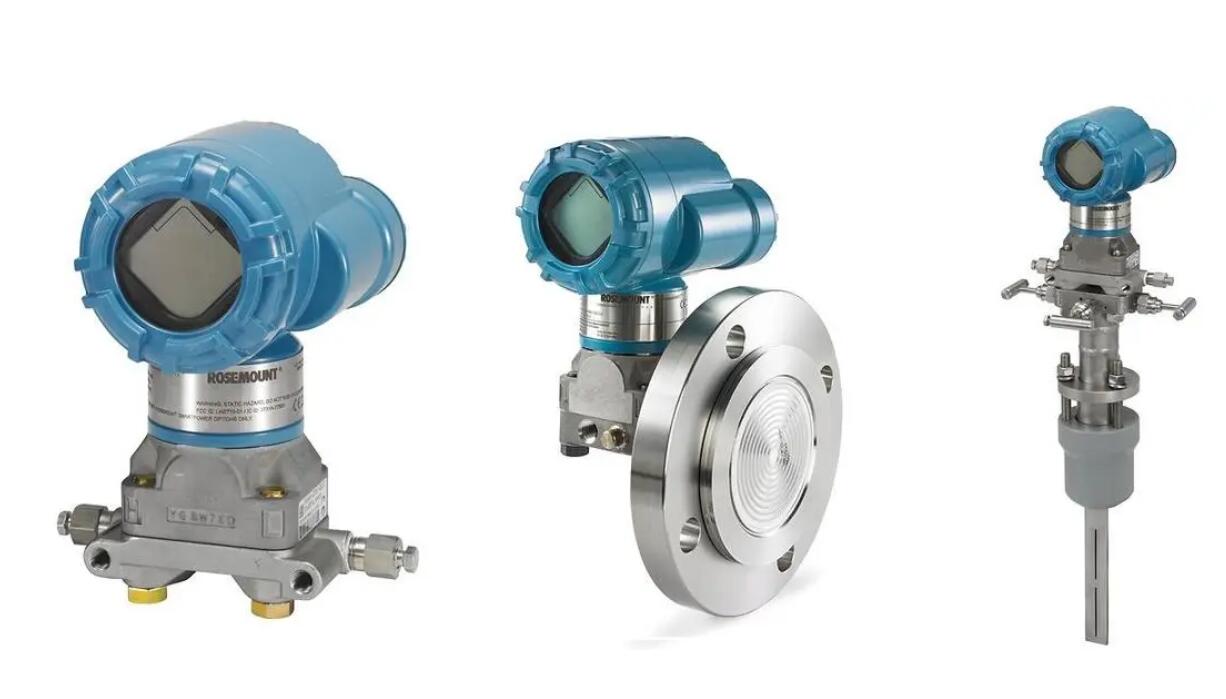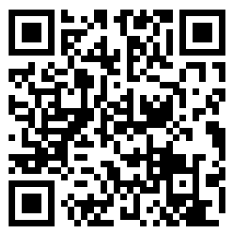What is the difference and connection between transmitter and sensor

2023-08-09
What is the difference and connection between transmitter and sensor?

Transmitters and sensors are both components used in measurement and control systems, but they serve different functions and work together to achieve accurate and reliable data transmission. Here's a breakdown of the difference and connection between transmitters and sensors:
Sensor: A sensor is a device or element that detects and responds to a physical stimulus or condition, such as temperature, pressure, humidity, or light. It converts the physical quantity it measures into an electrical or mechanical signal. Sensors are responsible for capturing the input or measuring the parameter of interest in a system. For example, a temperature sensor may measure the ambient temperature and provide an electrical signal corresponding to the measured temperature.
Transmitter: A transmitter is a device that receives the electrical or mechanical signal from a sensor and processes it to provide a standardized output signal that can be easily transmitted or communicated to a control system, display unit, or other devices. Transmitters commonly amplify, convert, and condition the signals from sensors to make them compatible with the requirements of the receiving equipment. The output signal from a transmitter is typically in the form of an analog electrical signal, such as a voltage or current.
Connection between Transmitter and Sensor: The sensor and the transmitter are interconnected in a measurement system. The sensor detects and measures the physical quantity, converting it into a corresponding electrical signal. This electrical signal is then connected to the input of a transmitter. The transmitter receives the signal from the sensor and performs various operations on it, such as amplification, calibration, linearization, and signal conditioning. The transmitter then produces an output signal that is transmitted to other devices or systems for further processing, control, or display.
The connection between the sensor and transmitter can vary depending on the specific measurement system. In some cases, the sensor and transmitter may be integrated into a single unit, where the sensing element and the processing circuitry are combined. In other cases, the sensor and transmitter may be physically separate, with a dedicated electrical connection between them.
It's important to note that not all measurement systems require a separate transmitter. In some cases, the sensor itself may provide an output signal that is directly usable by the control or monitoring system. However, in many applications, a transmitter is used to enhance the signal quality, provide compatibility with other devices, and ensure accurate and reliable transmission of the measurement data.
In summary, the sensor detects and measures the physical quantity, while the transmitter processes and converts the sensor's output signal into a standardized, transmittable form. Together, the sensor and transmitter form a crucial link in measurement and control systems, enabling the accurate and efficient transmission of data.
 2023-08-09
2023-08-09
